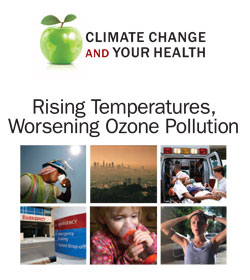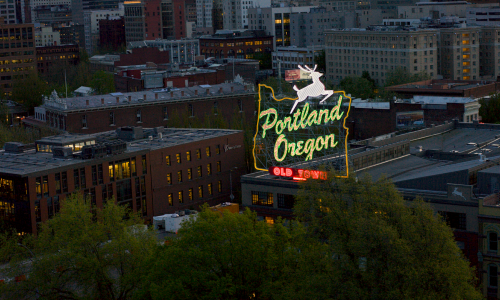Millions of Americans suffer from the harmful effects of ground-level ozone pollution—be they children too sick to go to school, high school football players not allowed to practice outdoors in the summer, 65-year-olds with lung disease unable to take a walk in the park, or farmers at risk when they harvest their fields.
Ground-level ozone pollution exacerbates lung diseases such as asthma and can cause breathing difficulties even in healthy individuals.
Not only does ozone pollution cause a number of serious breathing problems, and therefore a great deal of suffering, it also is damaging in monetary terms. Whether tallying up the dollars lost to sick days or the high costs of emergency-room visits, ozone pollution is expensive.
And now health professionals have an additional ozone pollution concern—climate change.
Temperatures in the United States have already risen more than two degrees Fahrenheit (2°F) over the past century, largely because of climate change, and are expected to keep rising throughout the next few decades and likely much longer.
Here’s the connection: warmer temperatures increase ground-level ozone. That’s why we hear warnings of “bad air days” due to ozone pollution most often during the summer and on cloud-free days.
The good news is that both ozone pollution and climate change are fundamentally caused by the same activities—human beings burning fossil fuels.
Therefore we can address both ozone pollution and climate change by implementing practical policies and programs and changing individual behaviors.




